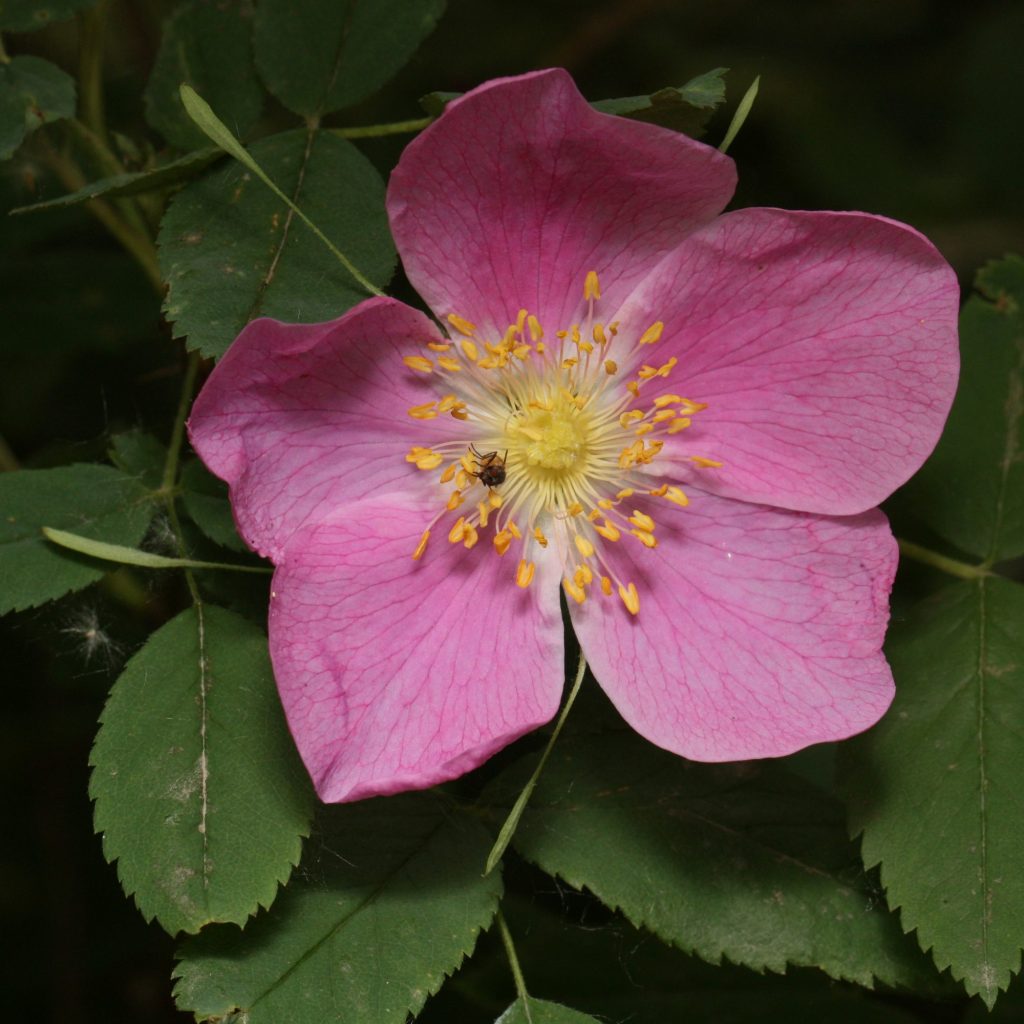Three sectors of the garden host Botanical Roses and Hybrids between Botanical Roses: zone A, near the entrance gate, zone N, along the road from the trellis of the parking space to the garage, and zone L, behind the garage. In this chapter we first describe Botanical Roses, then the so-called First Hybrids, which are distinguished from the "species" by an "x" (example: R. x kochiana).
First Hybrids are varieties which derive from crossings either spontaneous or obtained by man, between different botanical roses or between a botanical rose and a garden rose. Among botanical roses you will find some with double flowers (which should indicate they are not really "Species"), like R. foetida "Persiana".
What happened is that the species from which these roses derive have been discovered after the rose with double flowers: botanists have preferred not to vary the classification.
Botanical Roses grow in the Northern Hemisphere; specialists differ on the actual number of real "species". but they should be between 130 and 200. The norther boundary is the Kamchatka Peninsula (Russia, North of Japan); the southern, Yemen and Ethiopia. No Botanical Rose grows spontaneously South of the Equator.
70% of Botanical Roses originate from Asia, and the majority of this 70% from China and the Himalayas.
Some qualities of modern roses originate from China: repeat flowering and carmine red colour. Yellow species originate mainly from Central Asia and from the Middle East (also the "almost rose" called Hultemia Persica).
20% of Botanical Roses originate from Europe, North Africa and the Mediterranean Near East: in prevalence pink and white roses; if they are red they have a bluish hue, so they are more crimson-red than red.
10% of Botanical Roses originate from North America: many of these are indigenous; some are of Asian origin.
Botanical Rose
Commonly known as wild, botanical roses are not the result of a hybridisation process.

